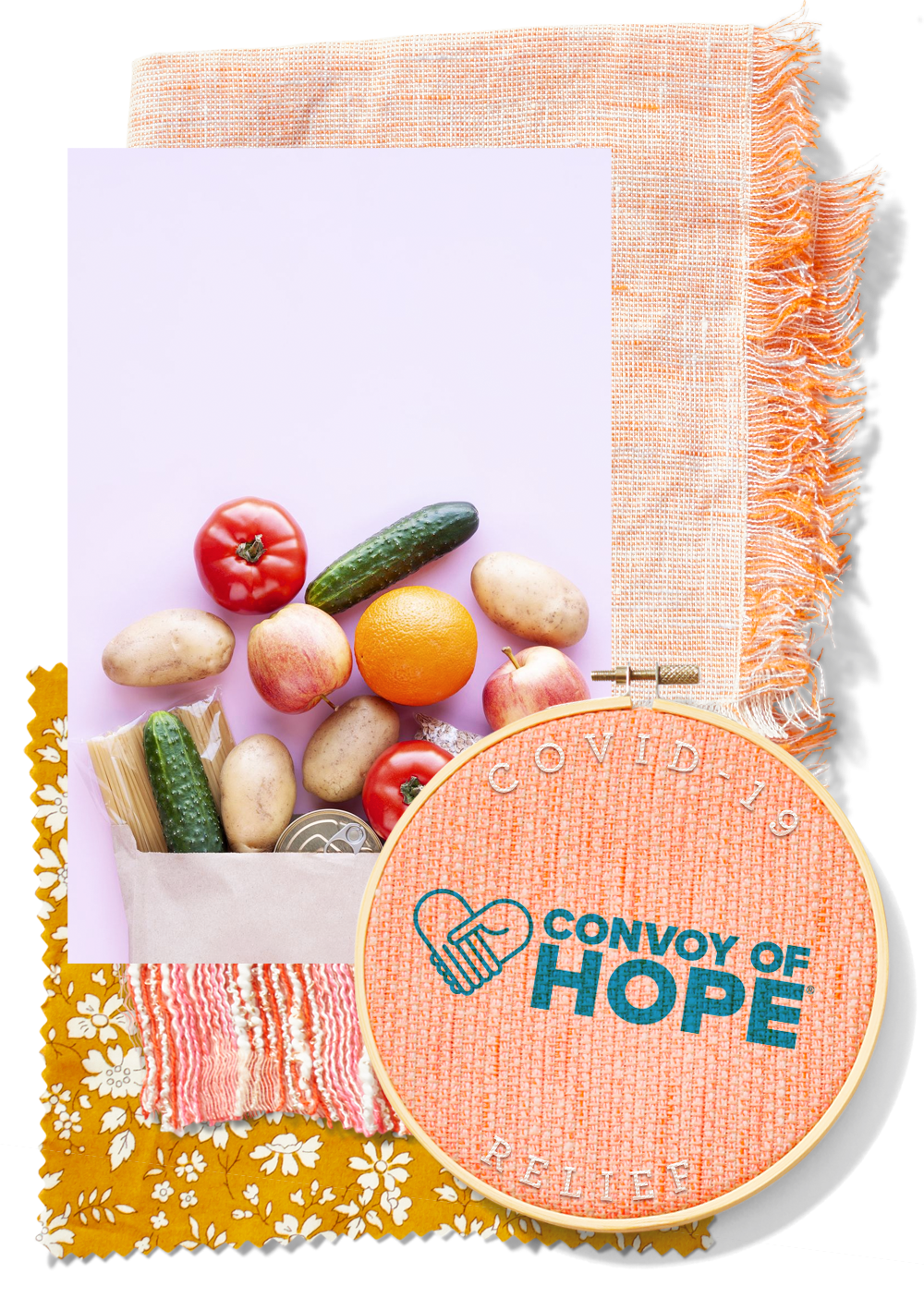

But look around a school in a low-income area, and you’ll see few children with glasses. About one-quarter of American schoolchildren need glasses, and in middle-class households they typically get them. You won’t find any greater bargain this holiday season! And a $100 donation helps One Acre Fund enroll four additional families in the core program.

The cost is just 50 cents per surviving tree. One Acre Fund is now expanding a tree-planting effort, enriching families with fruit and wood to sell while also improving soil health.

Even before the Ukraine war, one-fifth of all children worldwide were stunted from malnutrition. I chose One Acre Fund partly because Russia’s invasion of Ukraine has raised food prices worldwide and as a result will almost surely kill more children in Africa than it kills in Ukraine itself. Research finds that nearby farmers adopt the “One Acre Fund way” as well, resulting in large spillover increases in harvests even among those not in the program. One Acre Fund also benefits the entire region. I like the organization’s emphasis on data and rigorous evaluation, including the use of randomized controlled trials to verify impact. Participants saw large increases in production, and One Acre Fund has ballooned and now supports 1.4 million families in nine countries. Youn learned that farming practices accounted for the difference, and in 2006 he co-founded One Acre Fund as a nonprofit serving just 38 families. Andrew Youn, an American management consultant, was visiting the area and saw that one woman was struggling and had lost a child, while the second had harvests four times as large and could feed her children and send them to school. The nonprofit was inspired by two women farming adjacent plots in Kenya. Each family on average raises production by 45 percent on the land in the project - usually enough to fend off malnutrition, pay school fees and live a fundamentally better life. One Acre Fund helps small farmers, most of them women, increase productivity with improved techniques, high-quality seeds and effective fertilizer. Some of the seed and fertilizer in the market is fake, the climate is changing, land title is elusive, bank loans are almost impossible to obtain, and where can you store your crop after a harvest to get the best price? It’s so difficult being an African farmer.


 0 kommentar(er)
0 kommentar(er)
